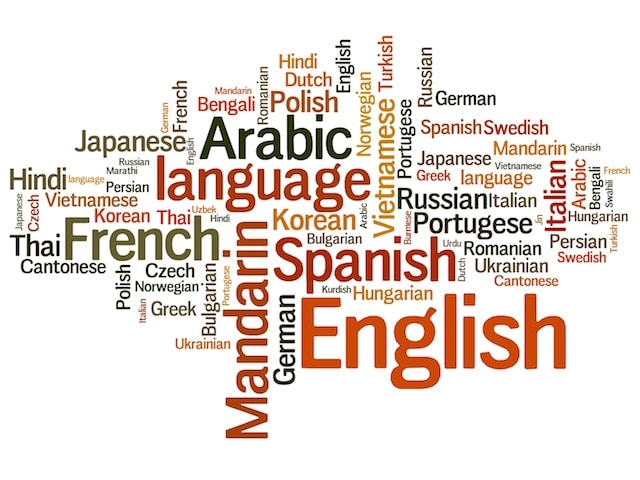ARMENIAN LANGUAGE
Understanding The Armenian Language & Providing Professional Armenian Interpreters, Translators and Transcriptionists
American Language Services ? (AML-Global) understands the importance of working in the Armenian language. For over a Quarter of a Century, American Language Services ? has worked with the Armenian language as well as hundreds of others from around the world. We offer comprehensive language services 24 hours, 7 days a week worldwide by providing Armenian interpreting, translation and transcriptions services along with hundreds of other languages and dialects. Our linguists are native speakers and writers who are screened, credentialed, certified, field tested and experienced in a number of specific industry settings. The Armenian language is unique and has very specific origins and characteristics.?
The Beauty of The Armenian Republic
In a landlocked mountainous country between the Black Sea and the Caspian Sea lies the Republic of Armenia. Once a part of the Soviet Union, Armenia is now a democratic nation-state with ancient historic and cultural heritage. The history of Armenia adds up to over 3 millennia, and continues through the middle ages, into foreign rule under the Ottoman Empire to the restoration of independence in 1991. Armenia’s mountainous terrain offers world class hiking with sprawling views of ancient biblical sites such as Mount Ararat. It also holds small villages with local delicacies and wine. Armenian food is heavily influenced by the Middle East, especially Turkey and Iran. Main dishes often include marinated chicken and steak grilled on a skewer known as Kabob. Armenia is also known for its photographic potential, Lake Sevan (one of the highest freshwater lakes), Mount Aragats and other grasslands make Armenia a land of idyllic opportunities.?
Indo-European Influence on the Armenian Language
The Armenian language is the official language of the Republic of Armenia. This Indo-European language is widely spoken around the regions of Armenia and heavily spoken in the Armenian Diaspora communities. Armenian dates back to the 5th century AD and is most closely related to Greek?indicated by the shared representation of word-initial laryngeals by prothetic vowels. Middle Iranian languages and Indo-Euro Latin languages heavily influenced Armenian, sharing similar words as Farsi and distinctive sounds and features of its grammar with neighboring languages of the Caucasus region. In terms of dialects, there is one major division between the Eastern and Western part of Armenia, with Western Armenia using several phonetic mergers similar to Arabic and Turkish speakers.
The Armenian Alphabet
Before the Armenian alphabet was formed, the language had been written with ‘cunieform’ scripts, deemed unsuitable for religious print. King Mashtots traveled Europe and returned with the decision that the Greek alphabet was best to model the Armenian alphabet upon. Due to this, the Armenian alphabet shares many similarities with its Latin and Greek cousins: direction of writing, numerical values and even vowel pronunciation, supplemented with letters from a different source or sources for Armenian sounds not found in Greek. The evidence for this is the Greek order of the Armenian alphabet; the ow ligature for the vowel /u/, as in Greek; and the shapes of some letters which “seem derived from a variety of cursive Greek.?
Who are You Going to Trust with Your Vital Armenian Language Needs?
The Armenian language is an important language worldwide. It is vital to understand the general nature and specific idiosyncrasies of Armenian. Since 1985, AML-Global has provided outstanding Armenian interpreters, translators and transcriptionsts worldwide.
























